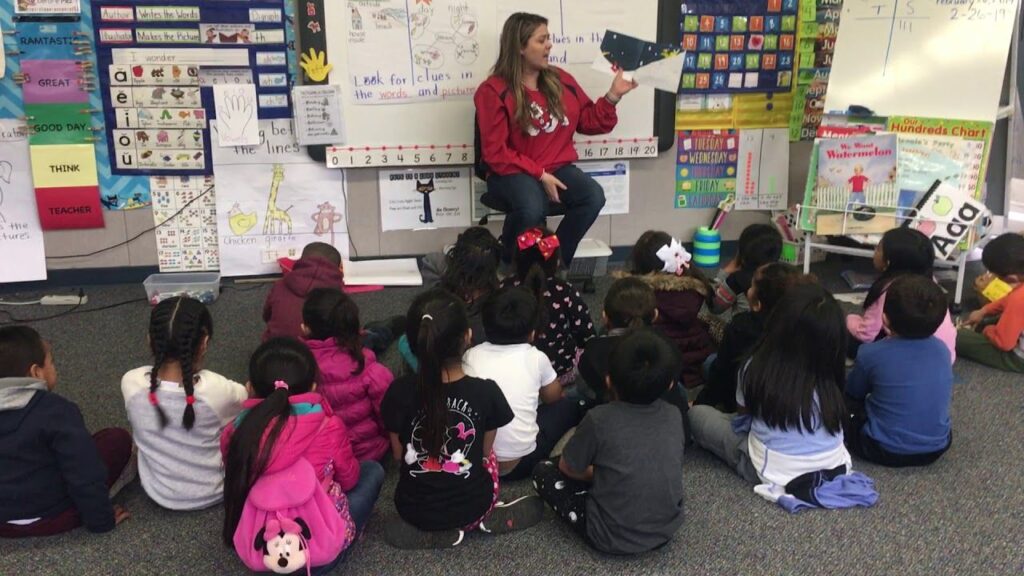
CourseworkEducational PsychologyITL520 Academic Language & LiteracyLiteracy and Reading StrategiesNational UniversityTeaching Mathematics
Metacognition
Metacognition is an engaging way to...
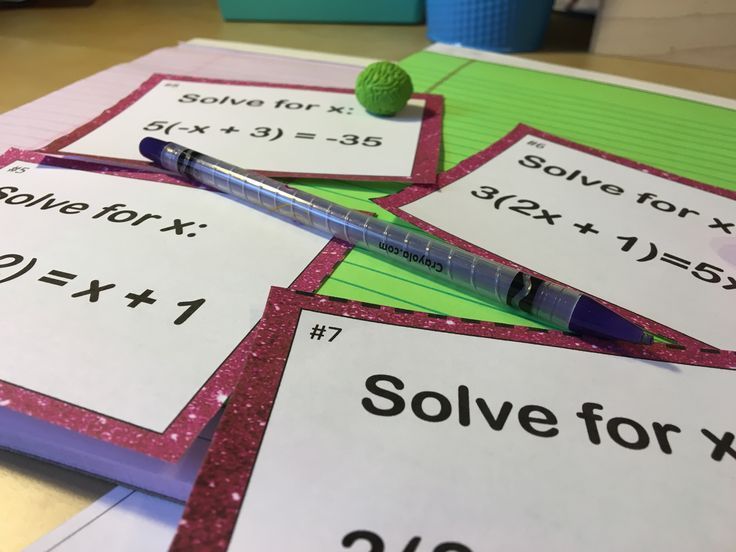
CourseworkEducational MethodsITL520 Academic Language & LiteracyLiteracy in Content AreasMathematics EducationNational UniversityPassionate Teaching Journey Blog
Formative Assessment and Content Literacy in Mathematics: Engaging with Multi-Step Equations
Formative assessments are a great way...

CourseworkEducational StrategiesITL520 Academic Language & LiteracyNational UniversityStudent-Centered LearningTeaching Reflections
Learning Map Stage 3: Analyzing Student Work ~ Reflection on Instruction and Learning
This week we are teaching! We...

Classroom StrategiesCourseworkEducational MethodsInclusive EducationITL520 Academic Language & LiteracyNational University
The Universal Design for Learning (UDL) Framework in Practice
Universal Design for Learning (UDL) is...

Diverse Educational ResourcesInclusive Algebra StrategiesITL520 Academic Language & LiteracyNational UniversityText-Based Teaching Methods
Enhancing Algebra Learning through Inclusive and Diverse Text-Based Strategies
New vocabulary terms in a content...

Differentiated InstructionITL520 Academic Language & LiteracyNational UniversitySpecial Education and InclusivityStudent-Centered Learning
Learning Map Stage 2: Multi-Step Inequalities
This week we thought about the...

Equity and Inclusivity in EducationIntegrating Literacy in MathITL520 Academic Language & LiteracyMath Education InnovationsNational University
Equity Literacy
“Equity is not merely about giving...
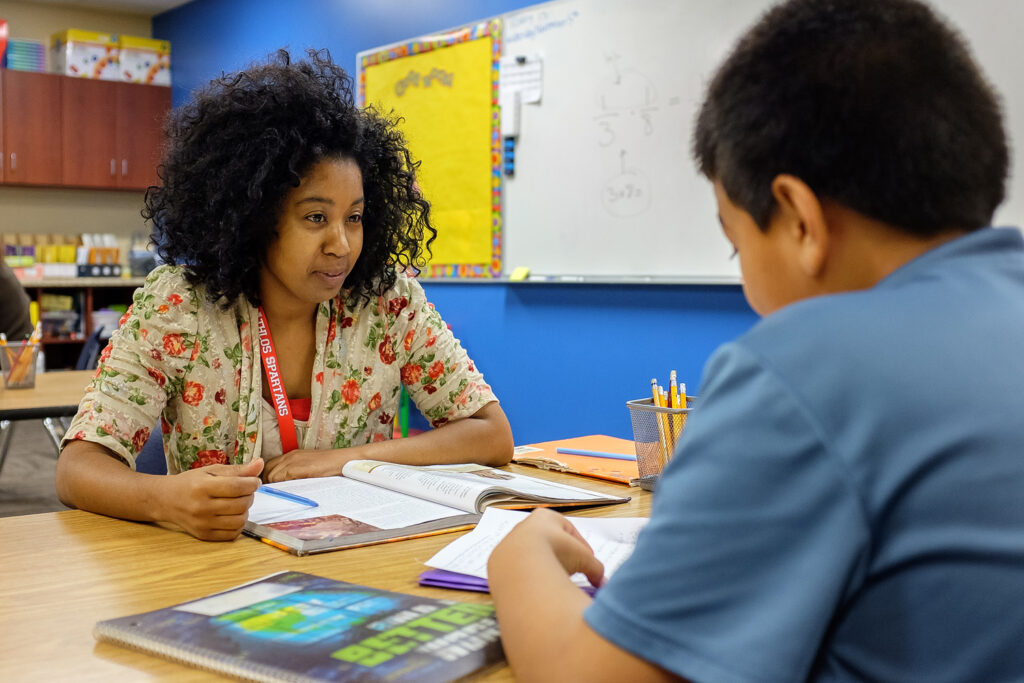
Assessment StrategiesCourseworkInclusive Teaching PracticesITL520 Academic Language & LiteracyMathematics EducationNational University
Innovative Assessment Practices in High School Algebra
“If an assessment asks students to...
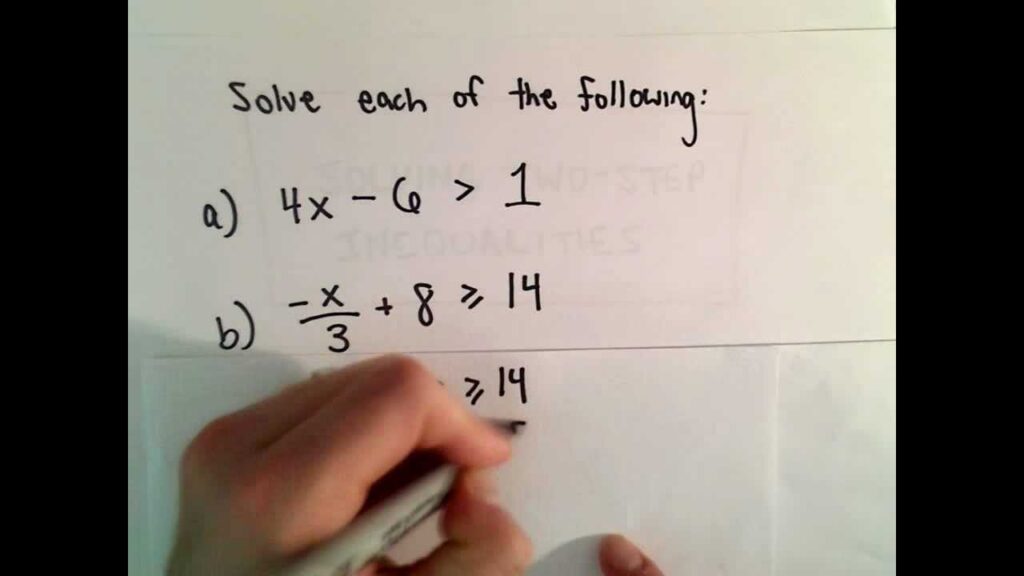
CourseworkEducational StrategiesITL520 Academic Language & LiteracyMathematics EducationNational UniversityStudent Challenges
Learning Map Stage 1: Multi-Step Inequalities
Designing instructional experiences for students that...
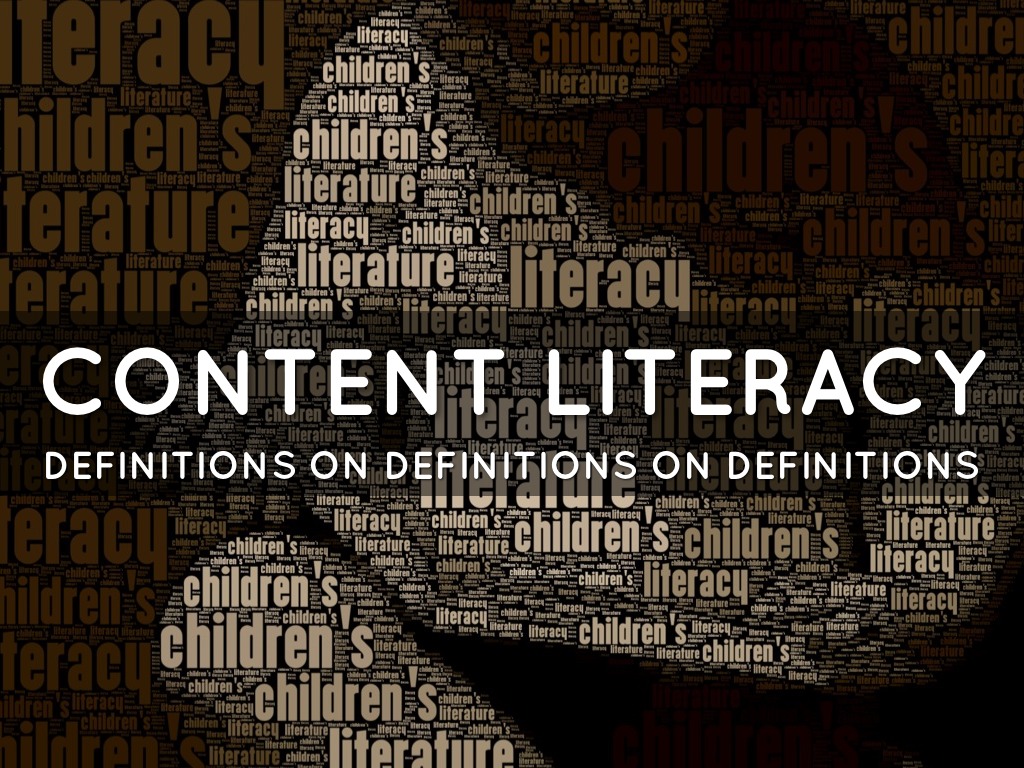
CourseworkEducational StrategiesInclusive TeachingITL520 Academic Language & LiteracyLiteracy IntegrationNational University
Content Literacy
For our Week 1 DIscussion, we...

Course DescriptionsEducationITL520 Academic Language & LiteracyLiteracy InstructionNational UniversityTeaching Strategies
ITL520 Academic Language & Literacy
Using research-based methods aligned with CA-CCSS...
